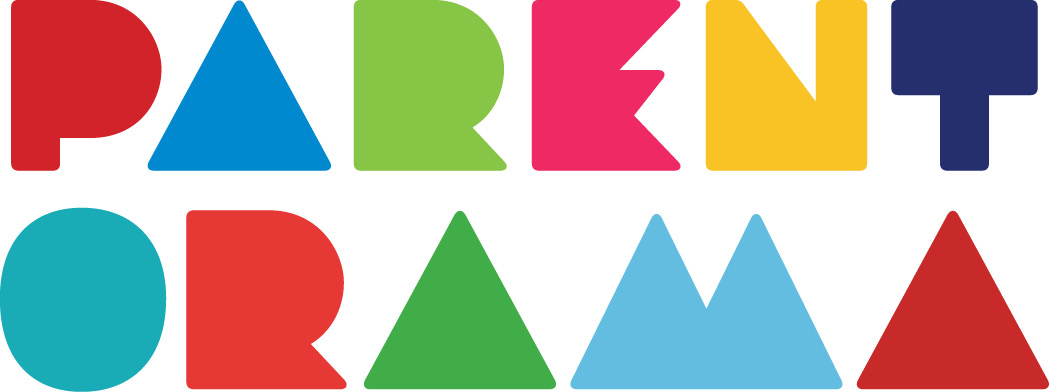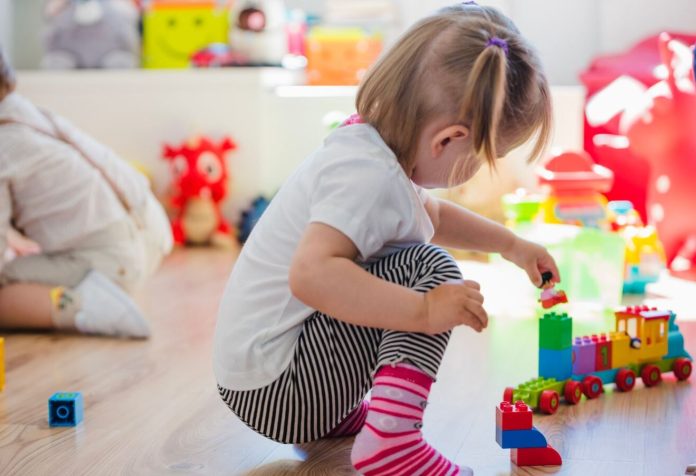Regardless of how well-prepared children are for kindergarten, their transition during the first few months plays a crucial role in their success, according to a new study.
Researchers found that children who made a more successful transition during the first 10–14 weeks of kindergarten scored higher in academic and social-behavioral skills tests at the end of the school year compared to others. Key aspects of this transition—what the researchers referred to as the “big little leap”—included making new friends, learning to cooperate with others, and adjusting to new academic demands. One critical finding was that this transition was important for all children.
“Transition difficulties hinder children’s development, regardless of their initial readiness skills,” said Jing Sun, lead author of the study and a senior researcher at the Crane Center for Early Childhood Research and Policy at Ohio State University. She added, “Even those who are better prepared for school will be affected if they encounter difficulties during the transition.” This finding is significant because a recent Ohio State study shows that up to 70% of kindergartners struggle with some type of transition difficulty, Sun said.
The study involved 626 kindergarten students across 64 classrooms in 15 schools in a large Ohio district. It is part of a broader program called Early Learning Ohio, which examines children’s learning, achievements, and social development during the first five years of school, from Pre-K to third grade.
About 10–14 weeks after the school year began, teachers rated each child’s difficulty transitioning into the classroom. Children were evaluated in five areas: academic performance, making friends, working in groups, staying organized, and adhering to the schedule and routine. Kindergartners also completed assessments in math, reading, and social-behavioral skills at the beginning and end of the year.
Results showed that “children who scored highest on academic and social-behavioral assessments at the start of the year—a sign of kindergarten readiness—were less likely to face transition difficulties compared to others.” “This may not be surprising, as children with lower levels of these skills might face more challenges in the classroom,” Sun said.
However, researchers also found that children who experienced fewer transition difficulties at the start of kindergarten demonstrated relatively more gains in math, reading, and social-behavioral skills by the end of the year, even when accounting for initial kindergarten readiness skills and other factors that might influence skill development. Notably, transition difficulties impacted development throughout the year for all children, regardless of their initial readiness skills.
Why is the transition to kindergarten so important?
Children with transition difficulties may face more disruptions in forming bonds with teachers and peers—the people who can support and foster their learning and social growth, Sun explained.
“Without this support, they struggle to benefit from the classroom environment, even if they were well-prepared upon entry,” she said. The findings suggest that there needs to be more communication and connection between preschool teachers, kindergarten teachers, and parents, Sun stated. “We need to ensure that instruction in preschool and kindergarten is better aligned,” she emphasized. “There’s a drastic shift between the two, which some children find hard to navigate.”
Crane Center research shows that preschool children spend 14% of their time on language and literacy instruction, compared to 43% of the time in kindergarten. Preschoolers also spend 49% of their time in free play, compared to just 11% in kindergarten. “Creating this alignment between preschool and kindergarten is difficult due to the lack of connections between teachers,” Sun said.
“We need to bring these educators together,” she emphasized. Moreover, schools should develop interventions to help children struggling with the transition to kindergarten. “Interventions for children facing transition difficulties will not only help them but could also reduce disruptions in classroom learning that affect all students,” she concluded.



